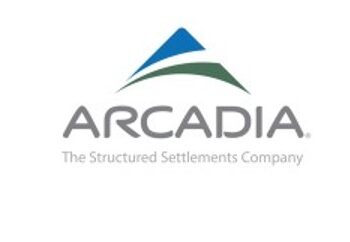Repeated serious safety violations have resulted in a serious workplace injury and in a large fine for a potato processer in Warden, Wash.
Washington Potato Company was cited for five repeat-serious and three repeat-general violations, and an additional 15 serious violations, for a total of $213,160 in penalties. The employer has also been identified as a severe violator and will be subject to follow-up inspections to determine if the cited conditions still exist in the future.
The Department of Labor & Industries (L&I) began an investigation after a worker was seriously injured when his arm got caught in an auger that started moving while he was cleaning it. The investigation found that another employee had started the equipment without realizing someone else was working on it.
Working in and around hazardous machinery and equipment requires “lockout/tagout” safety procedures to prevent the machinery from starting or moving during service and maintenance. The employer had been previously cited three times for lockout/tagout violations. This repeat-serious violation has a penalty of $56,000.
L&I also found a number of other hazards during the comprehensive safety inspection, including two instances where rotating shafts weren’t equipped with safety guards. The employer was cited for the same violation a year ago; consequently, the violation was deemed to be repeat-serious with a higher penalty of $14,000.
A repeat-serious violation with a penalty of $14,000 was cited for use of an aluminum ladder with two broken feet. The employer was cited a year ago for using a broken ladder. Ladder falls are a leading cause of serious workplace injuries and account for several deaths each year.
The employer was cited for another repeat-serious violation with a penalty of $10,400 for not properly guarding a belt and pulley drive that powers the waste pump in a 10-foot deep pit. This exposed workers to risk of broken bones or cuts.
In addition, a 15-foot-deep wastewater well was uncovered, which exposed employees to a drowning hazard. This repeat-serious violation carries a fine of $14,000.
The investigation found that the employer did not identify “confined space” hazards, including waste-water pits, vaults, boilers and other areas workers were required to enter to perform maintenance or repairs. These types of confined spaces are not designed for human occupancy and contain various physical hazards, including limited ways to enter and exit the spaces.
When a confined space has one or more hazardous characteristics, such as moving machinery or a potential for engulfment that may harm workers, it’s considered a “permit-required” confined space. That means employers must control access to the area and use a permit system to prevent unauthorized entry. Anyone working in or around a permit-required confined space must be trained and safety measures and rescue procedures must be in place.
Employer Hit with 11 Serious Violations
The employer received 11 serious violations, each with a penalty of $7,000, for failing to implement safe work practices when workers entered a permit-required confined space.
Three serious violations with penalties of $7,000 each were cited for lack of a written energy-control program to prevent inadvertent startup of machine or equipment; not assessing fall protection needs for employees who worker 10 and 12 feet above a concrete floor; and lack of guard rails on an open-sided floor with a fall hazard of as high as 15 feet. A serious violation with a penalty of $5,200 was cited for slip, trip and fall hazards on floor grating.
The employer was also cited for three repeat-general violations, each with a penalty of $520, for not ensuring that all electrical wiring was covered to prevent accidental contact with exposed wires, and for not ensuring that extension cords and power cords were in good working condition.
The employer was given 15 working days to appeal the citation.
Penalty money paid as a result of a citation is placed in the workers compensation supplemental pension fund, helping workers and families of those who have died on the job.
Author Kori Shafer-Stack, Editor, Amaxx Risk Solutions, Inc. is an expert in post-injury response procedures and part of the Amaxx team helping companies reduce their workers compensation costs by 20% to 50%. www.reduceyourworkerscomp.com. Contact: kstack@reduceyourworkerscomp.com.
©2014 Amaxx Risk Solutions, Inc. All rights reserved under International Copyright Law.
WORK COMP CALCULATOR: http://www.LowerWC.com/calculator.php
MODIFIED DUTY CALCULATOR: http://www.LowerWC.com/transitional-duty-cost-calculator.php
WC GROUP: http://www.linkedin.com/groups?homeNewMember=&gid=1922050/
SUBSCRIBE: Workers Comp Resource Center Newsletter











